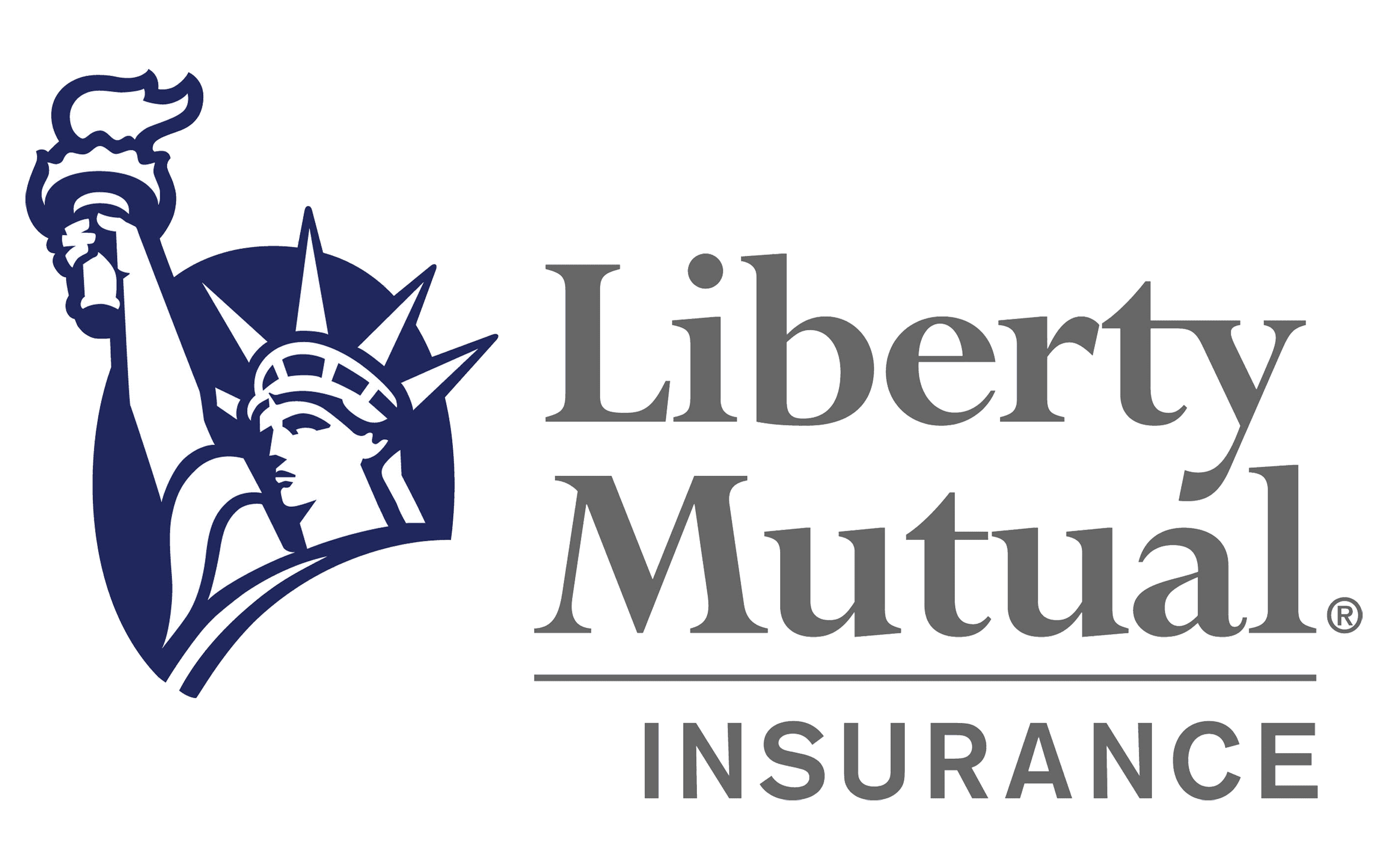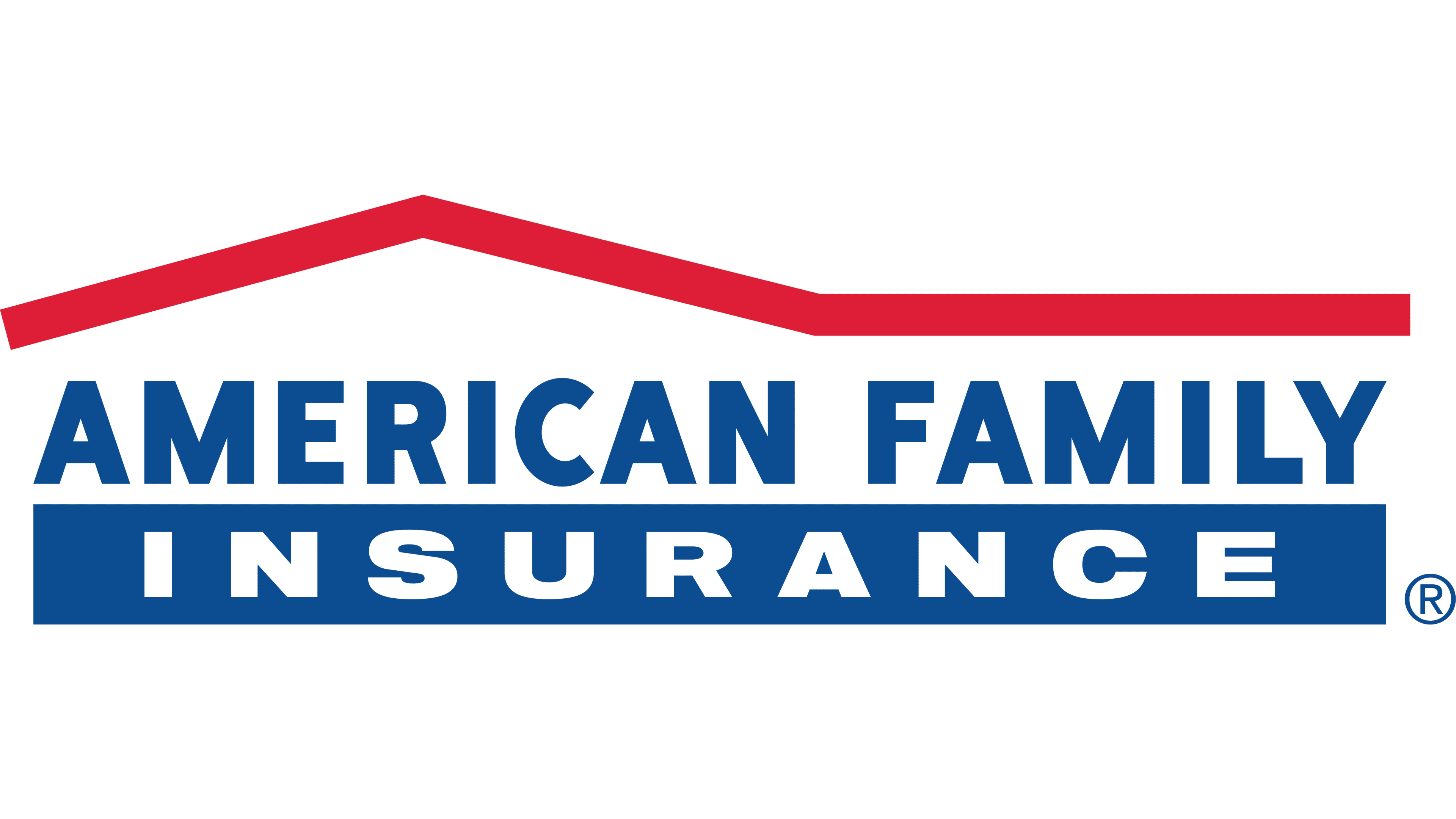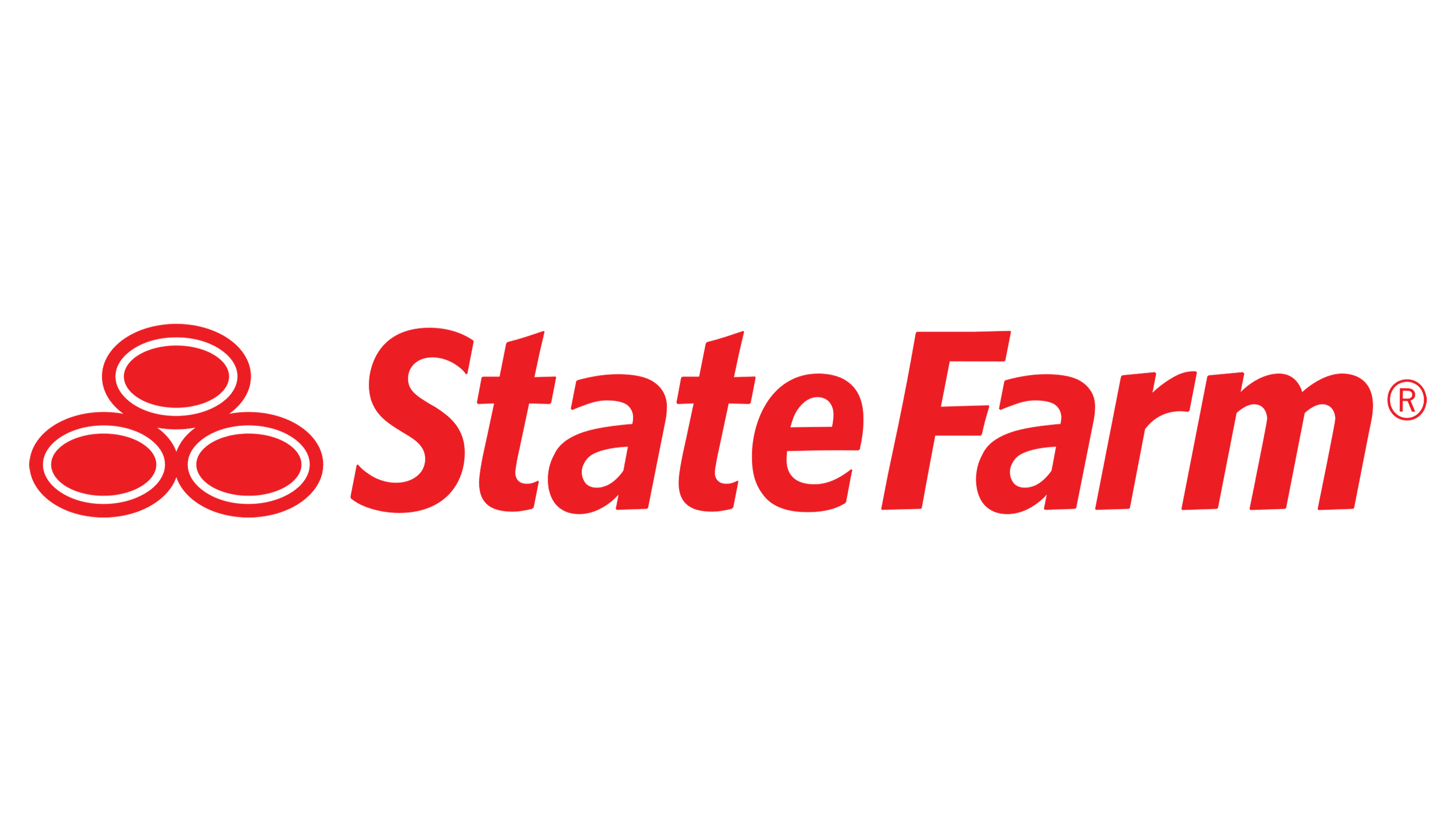LOCATE BUILDING CODES
Find your local building codes on the city or county government website or by visiting the local building department. Online resources make it easy to understand and comply with regulations, contributing to a safer community.


REPORT A VIOLATION
To report a building code violation, contact your local building department through their website or in person. Quick reporting helps address issues promptly, contributing to a safer community environment. We have expedited this process by acting as an intermediary reporting service.
A CALL TO ACTION FOR SAFER COMMUNITIES
Understanding building codes is essential for fostering a safer environment. By familiarizing oneself with the standards governing construction, individuals can identify and report violations that jeopardize public safety. Whether it’s issues with signage, electrical work, or structural concerns, staying informed empowers citizens to play a crucial role in maintaining community well-being. Reporting violations ensures prompt corrective action, contributing to the overall integrity of the built environment and creating safer, more resilient communities.

CODE ENFORCEMENT 101
A building code violation occurs when a building or structure does not comply with the established codes and regulations set by local or national authorities. Building codes are a set of standards and regulations that govern the design, construction, and maintenance of structures to ensure the safety, health, and welfare of the public. Violations can range from minor issues, such as improper signage or electrical work, to more serious concerns like structural deficiencies or inadequate fire safety measures.
Most Common Code Violations
STRUCTURAL
Inadequate support or load-bearing capacity poses serious risks to building integrity and safety. These deficiencies can compromise stability and lead to structural failure, endangering occupants and the community. Addressing these concerns through regular assessments and timely corrective measures is crucial for maintaining building safety.
ELECTRICAL
Improper wiring, insufficient outlets, or outdated electrical components pose severe hazards. Improper wiring increases the risk of electrical fires, while inadequate outlets may lead to overloads and failures. The use of outdated components elevates the risk of malfunctions and shocks, endangering both occupants and the building's integrity.
FIRE SAFETY
The absence of proper fire safety measures, such as lacking fire exits, insufficient fire-resistant materials, and inadequate fire suppression systems, poses a serious threat. Without well-designed exits, evacuations become challenging, and insufficient materials increase the risk of rapid fire spread. Inadequate suppression systems further compromise the ability to contain fires promptly.
ZONING
Violating zoning regulations, such as improper land use or exceeding building height limits, disrupts the planned balance of communities. This non-compliance not only affects the aesthetic harmony but also poses safety and structural concerns. Addressing these violations is essential for maintaining a cohesive urban landscape and ensuring community safety and well-being.
ACCESSIBILITY
Neglecting accessibility standards, such as inadequate ramps or door widths, creates barriers for individuals with disabilities. Inadequate ramps limit wheelchair mobility, while narrow doors impede easy navigation. Adhering to these standards is crucial for fostering inclusive environments that prioritize equal access for everyone.
HEALTH & SAFETY
Violations involving sanitation, ventilation, and factors affecting occupants' health and safety are critical concerns. Breaches in sanitation can lead to the spread of diseases, while poor ventilation may cause respiratory issues. Resolving these issues requires immediate action and a commitment to long-term solutions, emphasizing the importance of adherence to regulations and proactive measures for the well-being of all occupants.
PLUMBING
Problems within plumbing systems pose significant risks, encompassing a spectrum of issues ranging from inadequate drainage to persistent leaks and improper installations. Inadequate drainage not only compromises the functionality of plumbing networks but also opens the door to potential water damage, structural issues, and health hazards.
OVERCROWDING
If a household exceeds the specified occupancy limits, it may be considered a zoning violation. Overcrowding can lead to issues such as strained local resources, increased traffic, and potential safety concerns, prompting municipalities to establish and enforce regulations to maintain a balanced and safe community environment.
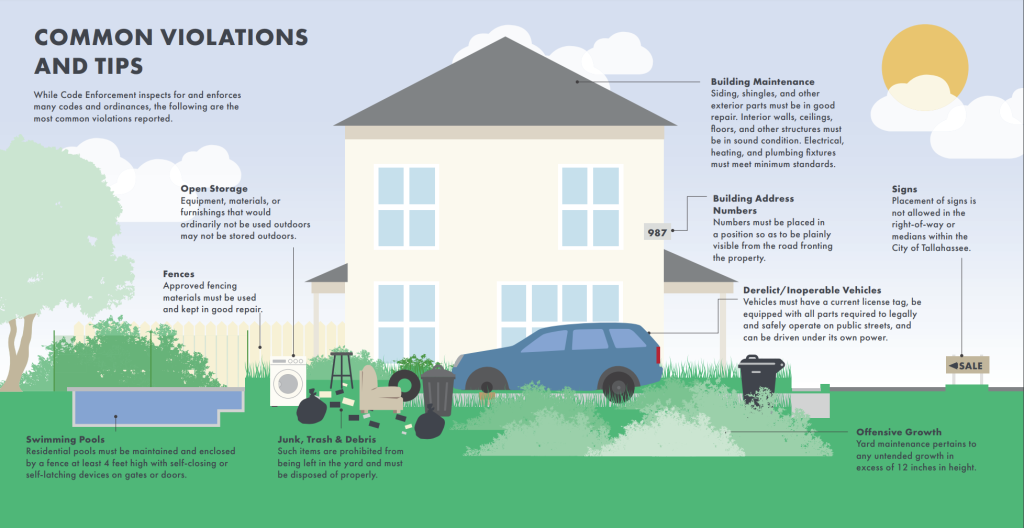
A building code violation occurs when a building or structure does not comply with the established codes and regulations set by local or national authorities. Building codes are a set of standards and regulations that govern the design, construction, and maintenance of structures to ensure the safety, health, and welfare of the public. Violations can range from minor issues, such as improper signage or electrical work, to more serious concerns like structural deficiencies or inadequate fire safety measures.
Local building code enforcement agencies are responsible for inspecting structures during construction and periodically afterward to ensure compliance. If a violation is identified, the property owner may be issued a citation or notice to correct the issue. Failure to address the violations can result in fines, legal action, or restrictions on the use of the property.

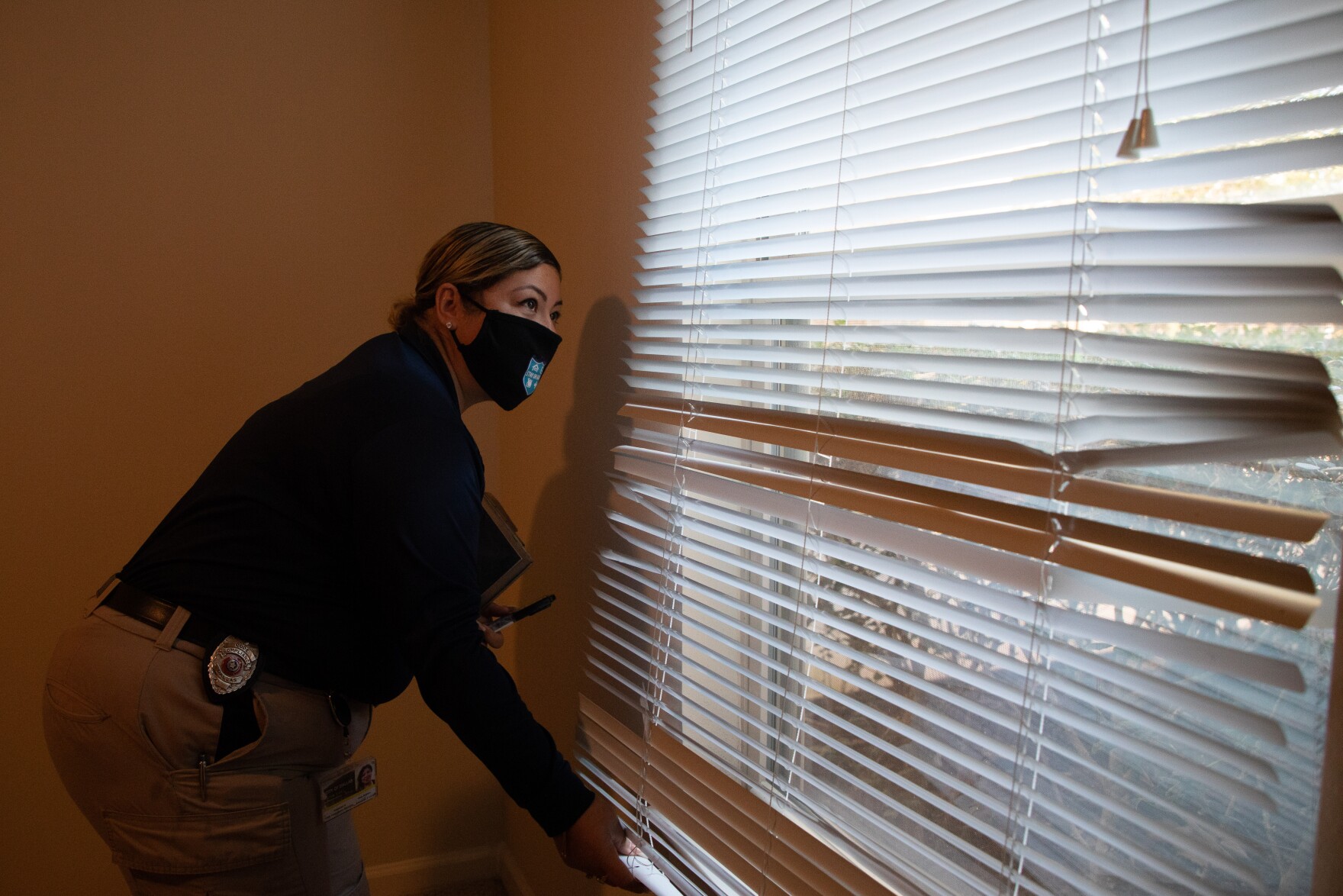

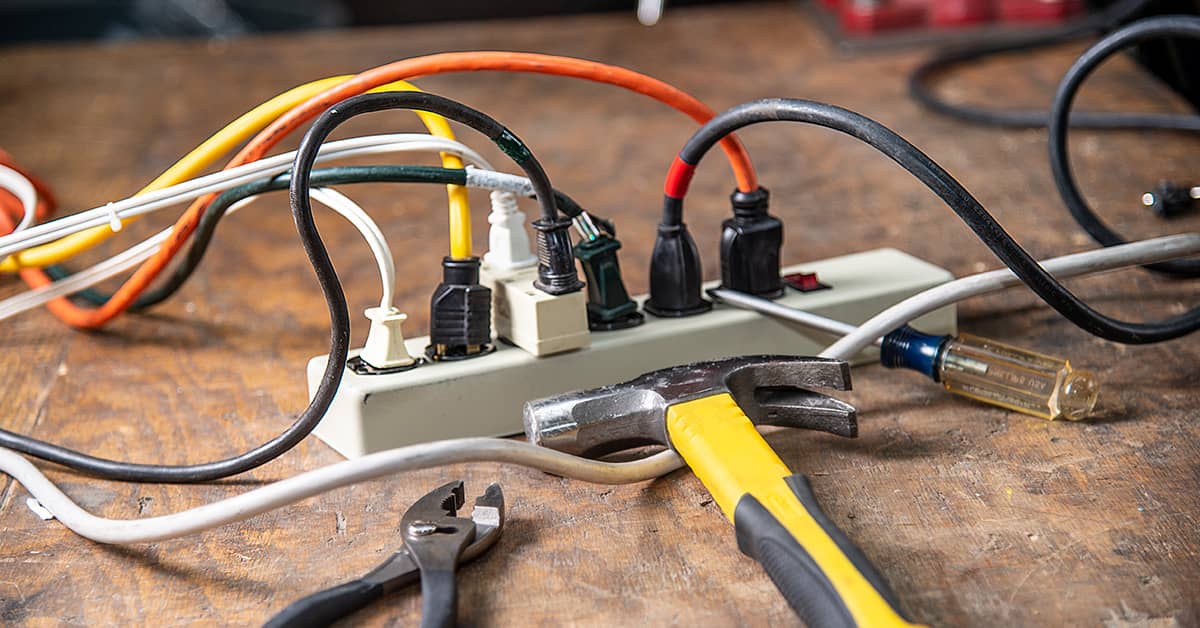
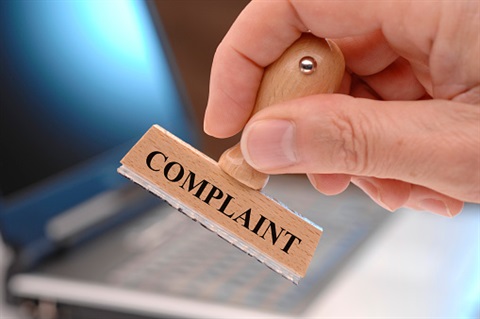
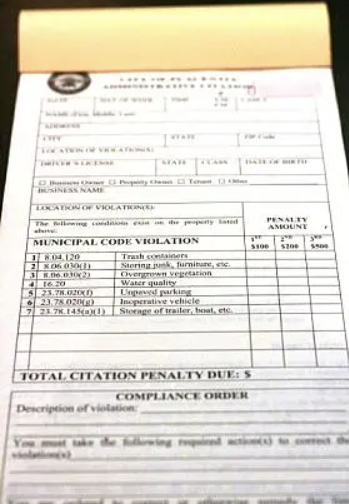
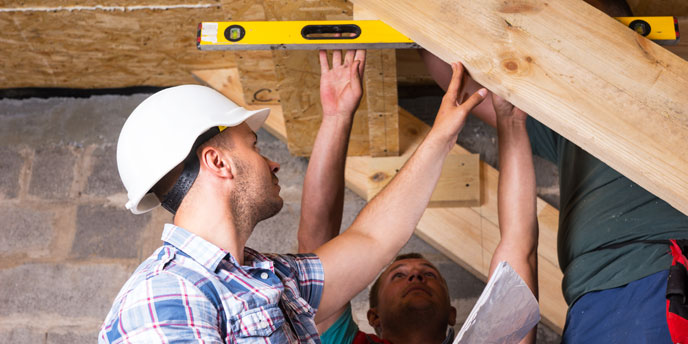
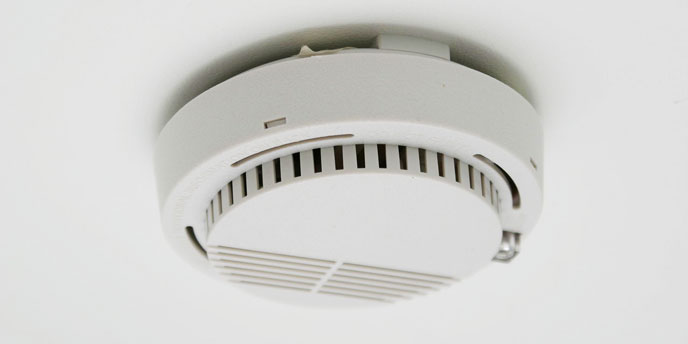
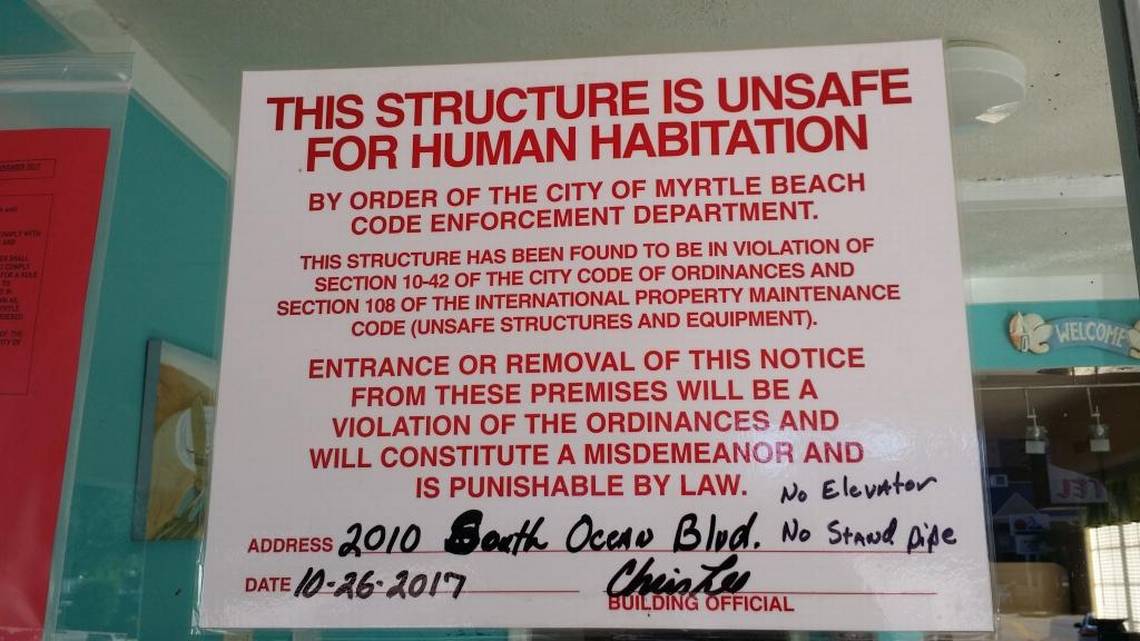
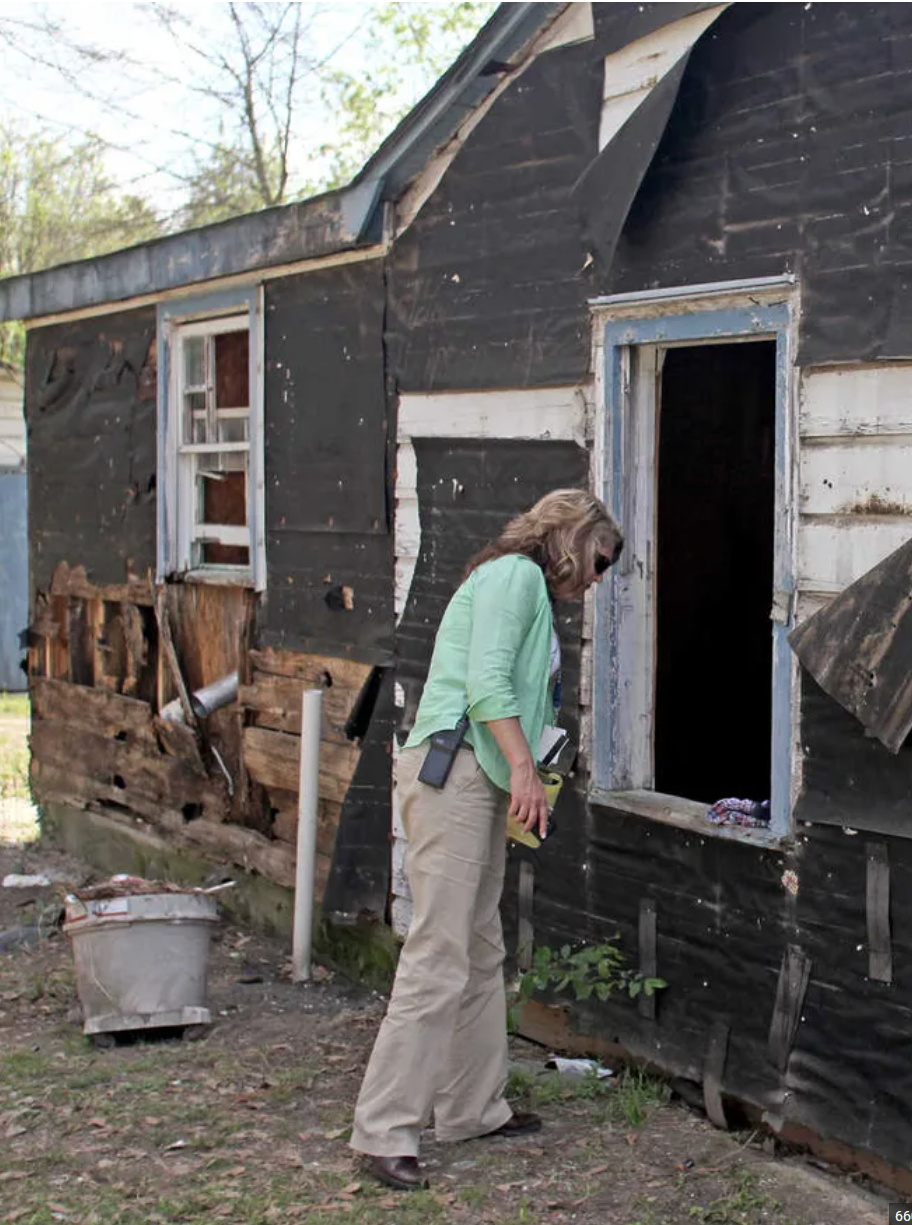
Empower Safety, Report Today! Your Vigilance Builds a Safer Tomorrow.

Reporting a Code Violation
Take action now by reporting a code violation using the form below! Your input is crucial in maintaining a safe environment for everyone. To ensure a swift and effective response, remember to attach any relevant documentation of the code violation. Whether it's photos, descriptions, or additional information, your thorough reporting empowers authorities to address the issue promptly. Together, we can contribute to a community that prioritizes safety and compliance. Thank you for being a proactive guardian of our shared well-being.

How Do I Report a Violation?
Reporting a violation is simple! Use our website or contact local authorities. Provide detailed information for swift action. Your vigilance ensures a safer community. Report today!

What Information Should I Include When Reporting a Violation?
When reporting a violation, be thorough. Include location, details, and, if possible, attach photos or documents. Precise information ensures effective resolution. Your input matters!

What Happens After I Report a Violation?
After reporting a violation, expect a prompt investigation. Authorities will assess, take necessary actions, and update you on resolutions. Your report contributes to a safer, compliant community.








